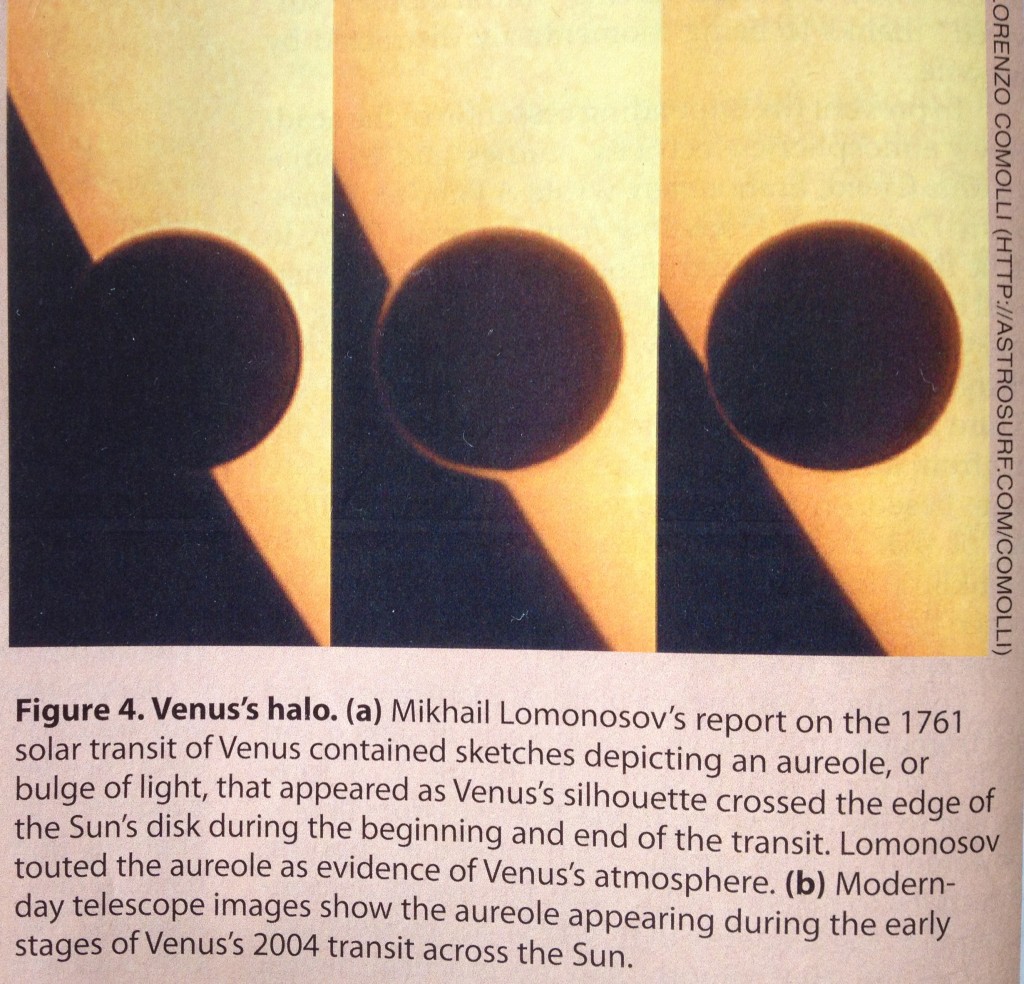 Next June 5 (Tuesday), until sunset in North America and June 6 in Ireland after sunrise, you can see Venus cross in front of the sun. She only does this twice every 113 years.I have some small pieces of very flat (6 mm float glass) front surface reflectors to give away. The diagrams below show to easily set up the “Pinhead Projector” I developed 18 years ago when Toledo had an annular eclipse. Keith used it successfully the other day in Osaka. (see his blog listed above).
Next June 5 (Tuesday), until sunset in North America and June 6 in Ireland after sunrise, you can see Venus cross in front of the sun. She only does this twice every 113 years.I have some small pieces of very flat (6 mm float glass) front surface reflectors to give away. The diagrams below show to easily set up the “Pinhead Projector” I developed 18 years ago when Toledo had an annular eclipse. Keith used it successfully the other day in Osaka. (see his blog listed above).
In practice I set a 25 mm (1 inch) square of mirror in Plasticene and adjust it to reflect a sun spot deep into a dark room. When set up, I then put a washer over the mirror to reduce the aperture. The smaller the hole, the shaper the image but it also becomes less bright and so needs a darker room. Below shows Hermes watching the distant image, and wondering, with the washer/mirror/Plasticene (green) pinhead projector in the bottom of the picture.

The photo at the top of the blog is a quick, coarse shot showing tree branches half covering the sun. It’s fun to watch them move in the wind, and it’s a good test of the system.
When I tuned the setup by masking the mirror with a 5 mm (5/16″) dia opening I got the sharper 100 mm (4 inch) dia image below of leaf and branch in front of the sun, on the wall of a dark room, 13 m (40 ft) away from the pinhead projector, with no window and the door just opened enough to admit the beam of light.
Physics Today tells the story how in 1760 Mikhail Lomonosov was the first to ever observe that Venus has an atmosphere:
I don’t expect myPinhead Projector to have enough resolution to show that aureole, but it did project a great 400 mm dia annular solar eclipse image on the far wall of an empty, dark warehouse many years ago when I first tried it.
I have a few pieces of the flat front surface (80% reflection) to give away. Tell me very briefly why you’d like a small piece of the mirror and I’ll try to get one to you (while supplies last) in time for Venus Transit.
There is a good website on the topic at
eclipse.gsfc.nasa.gov/OH/transit12.html























